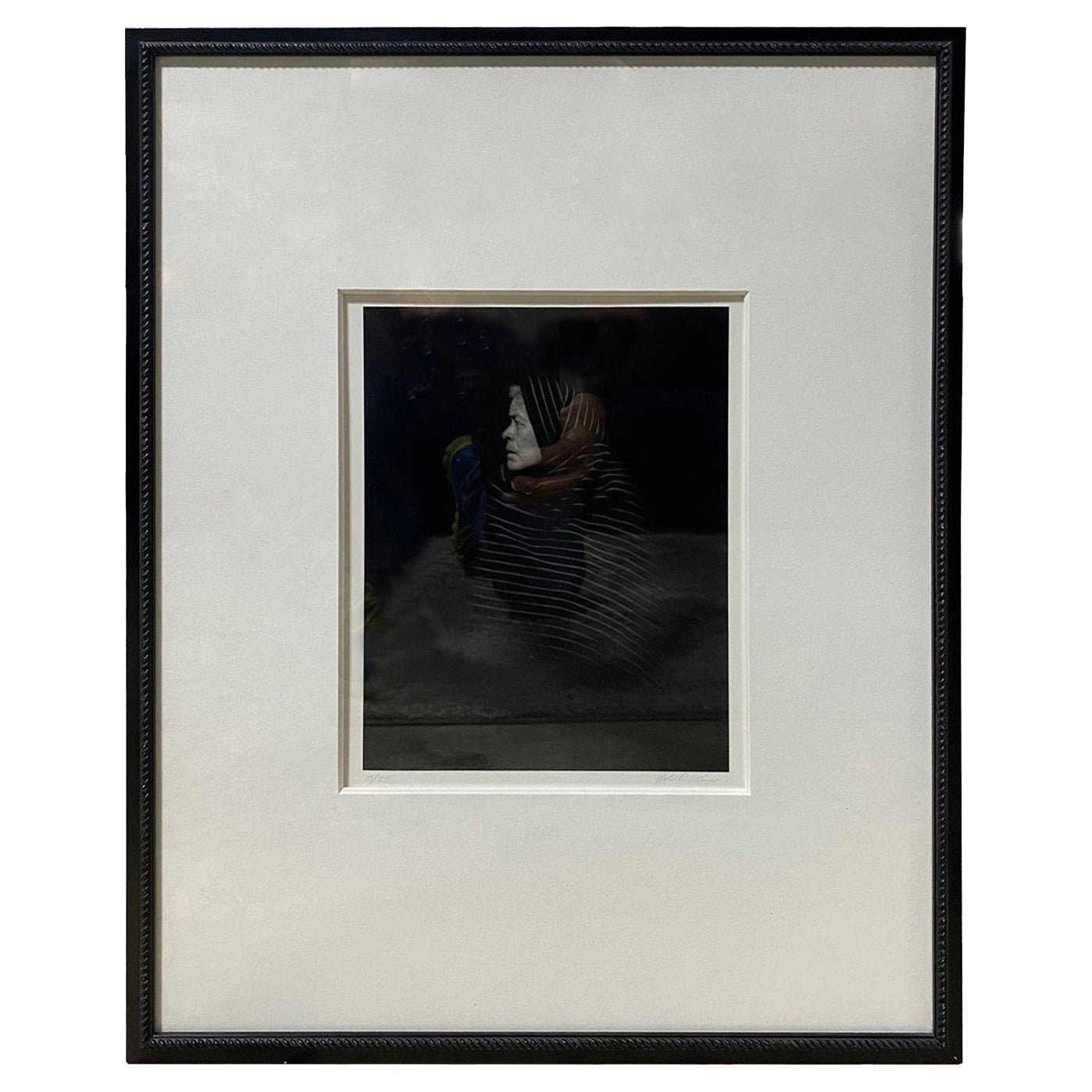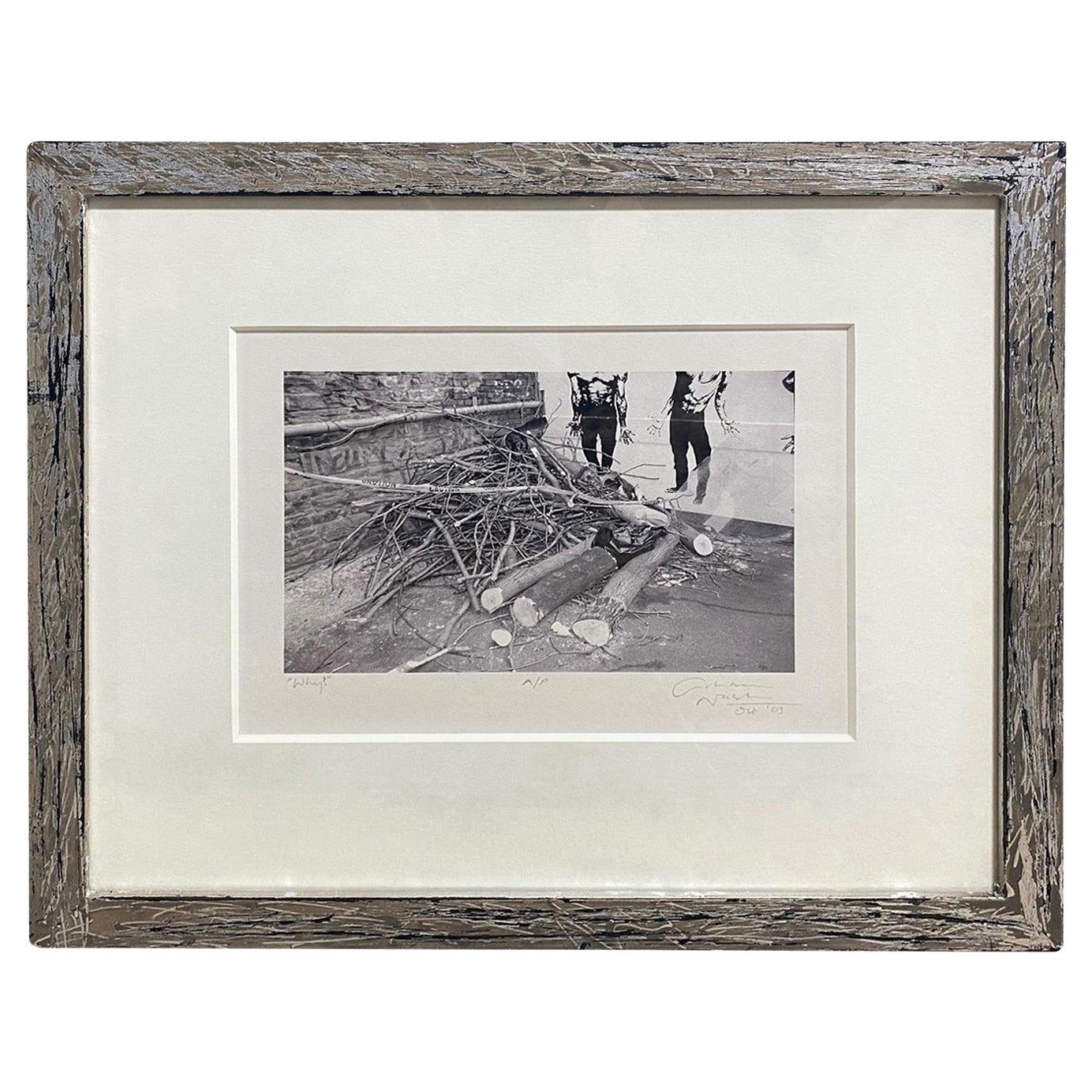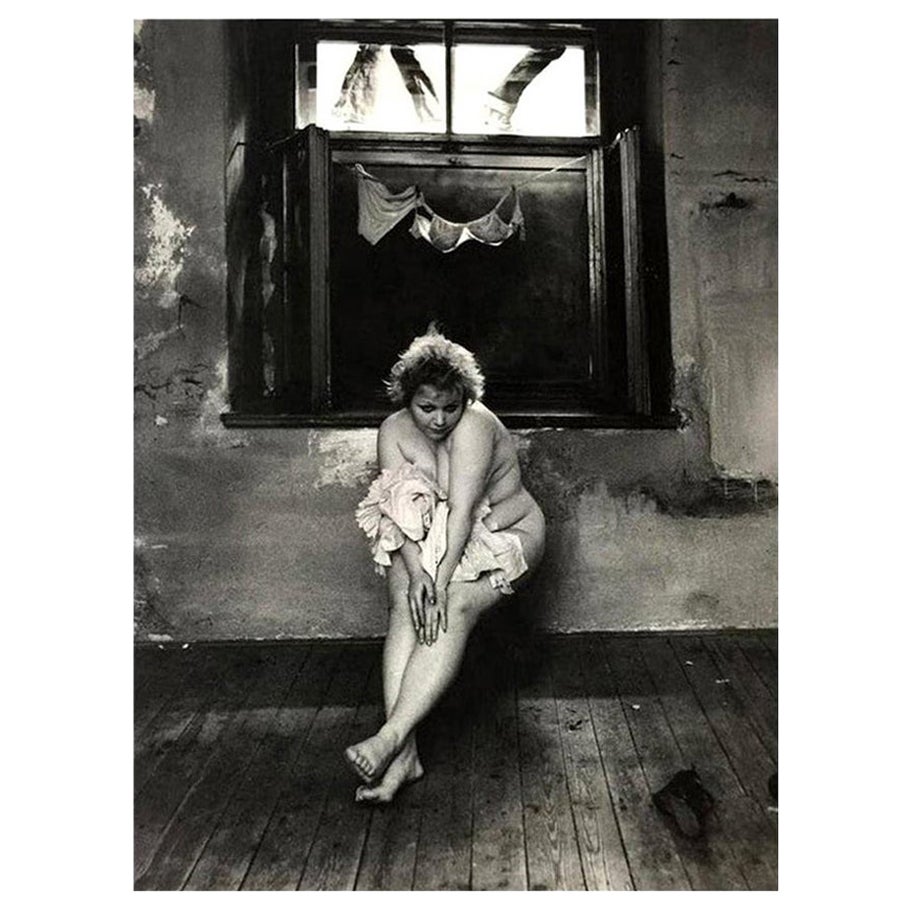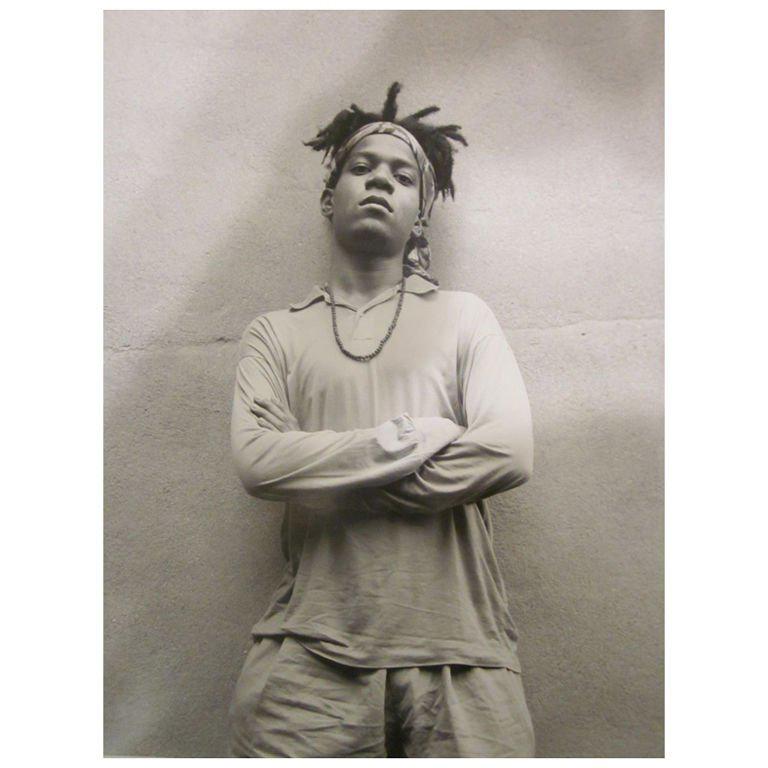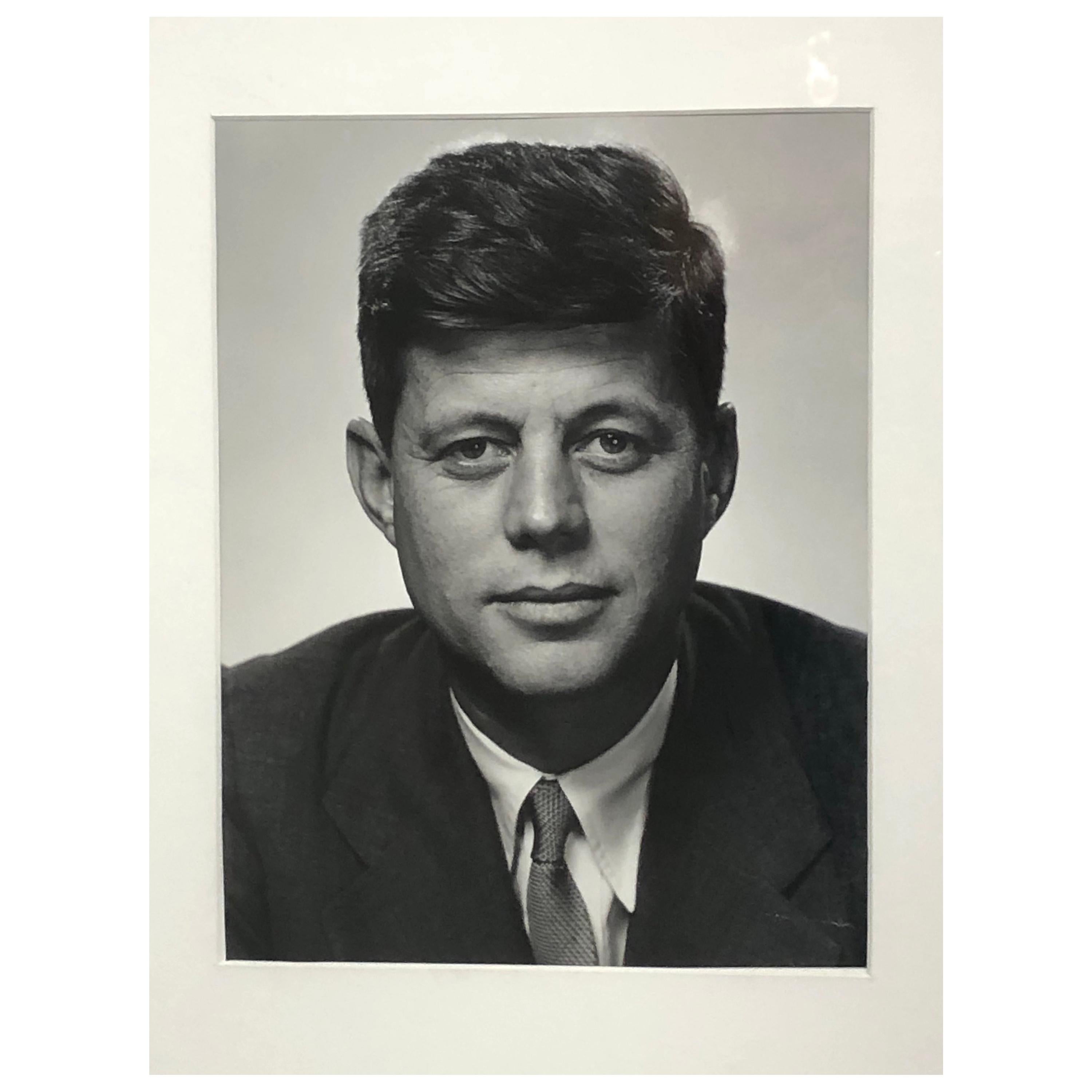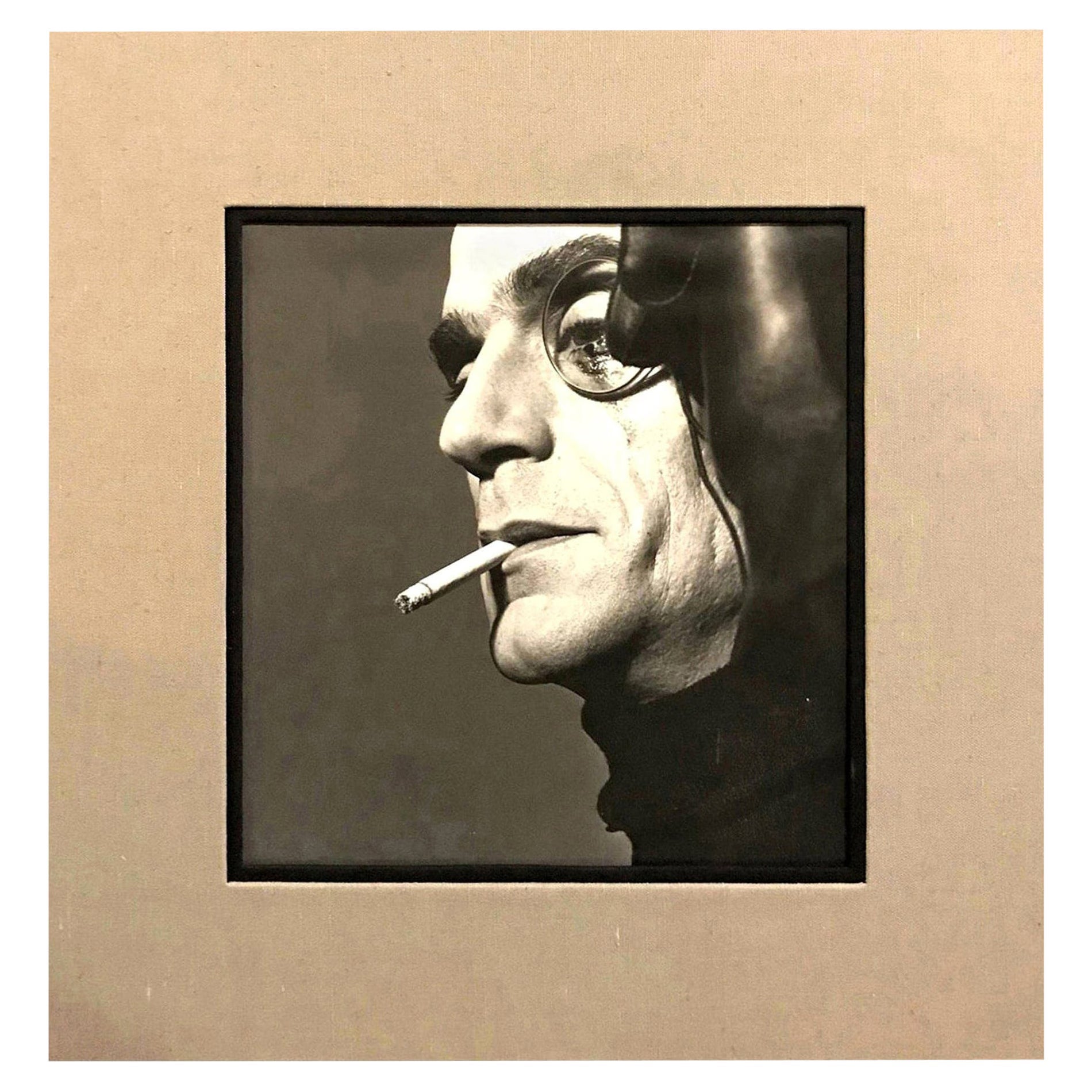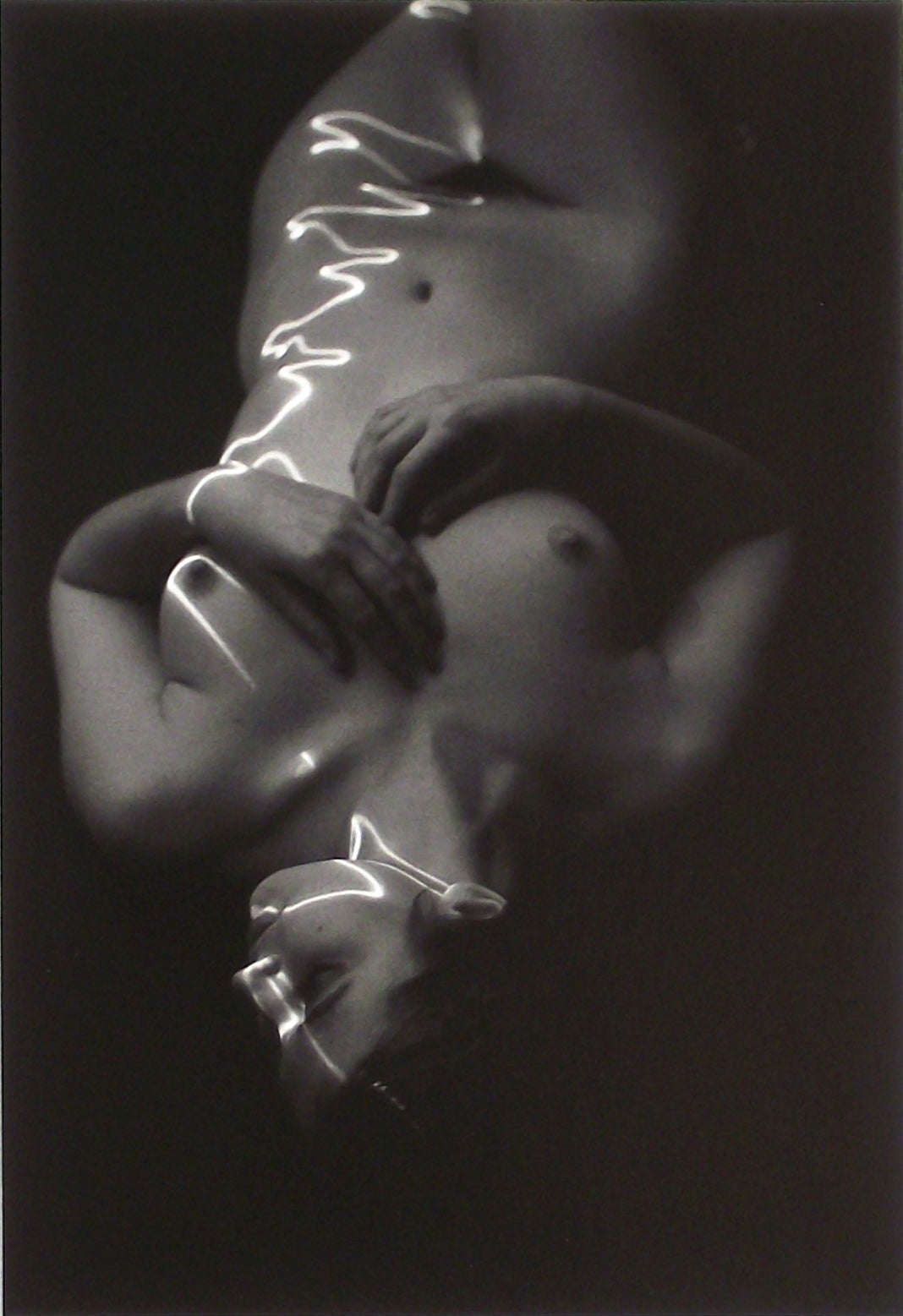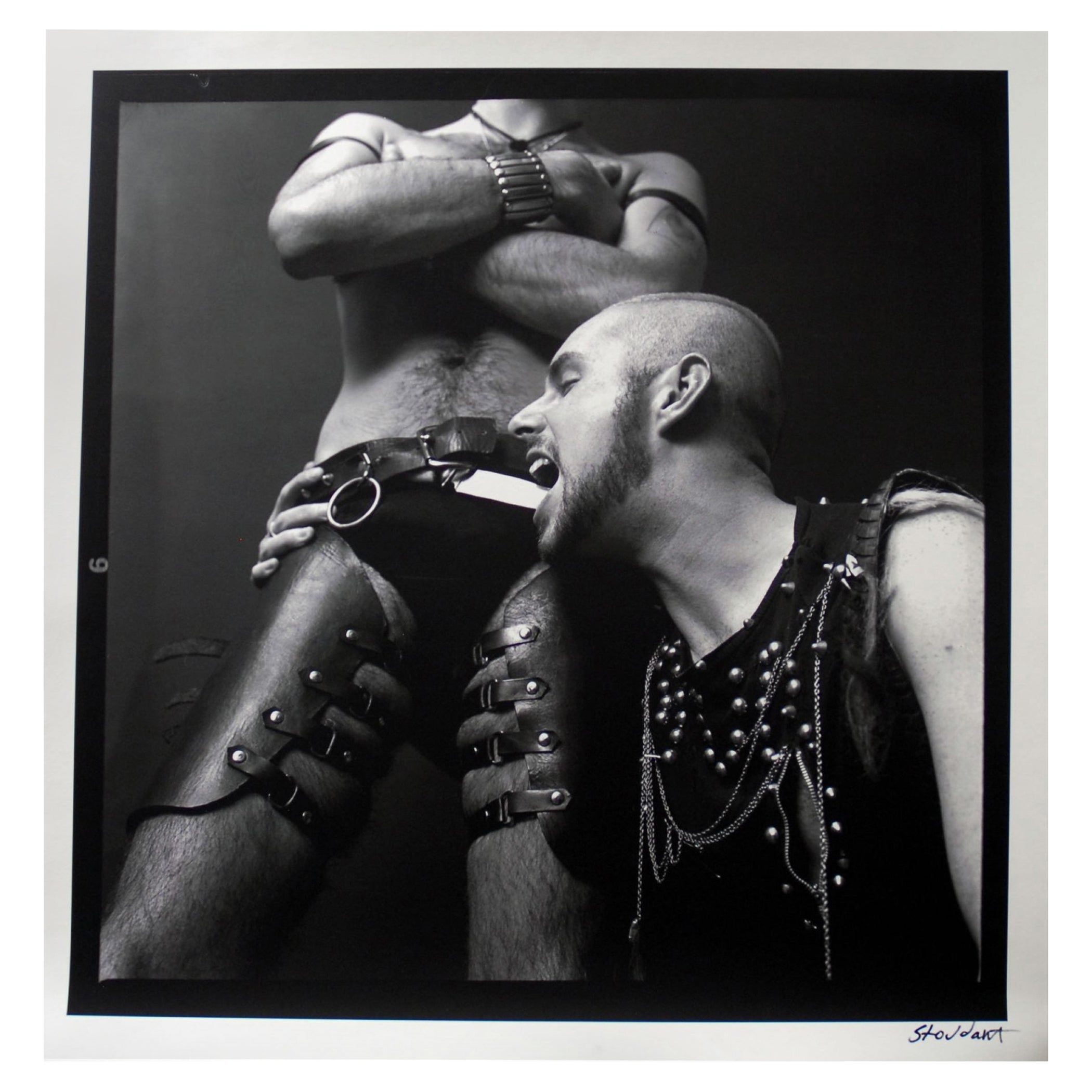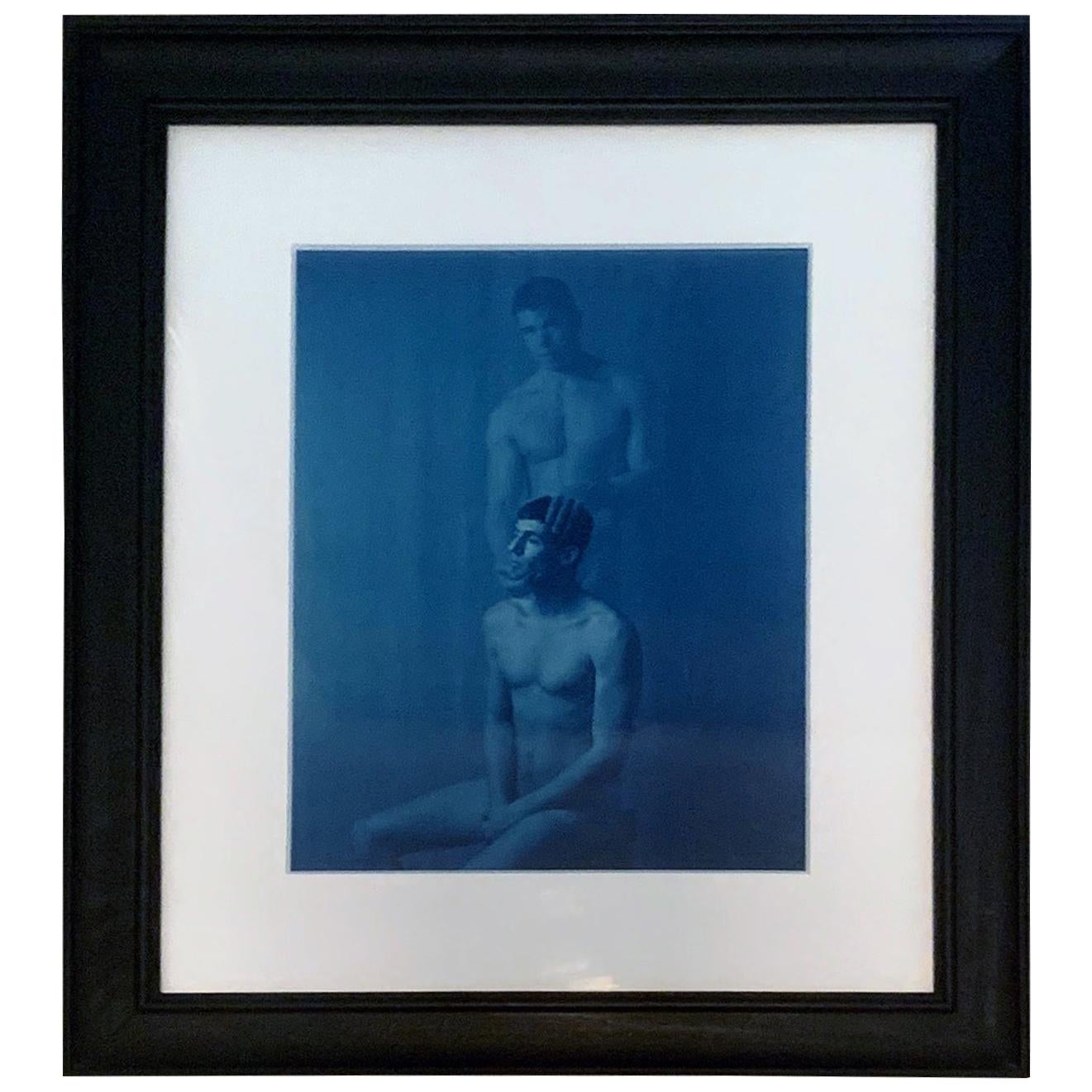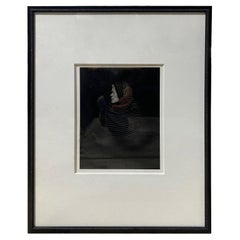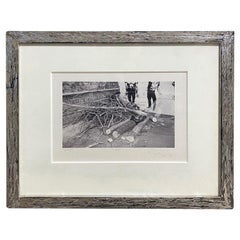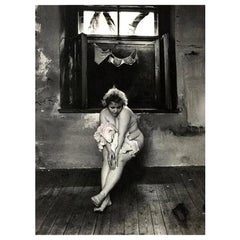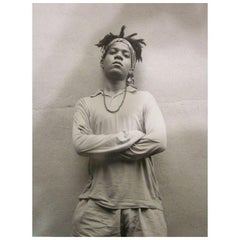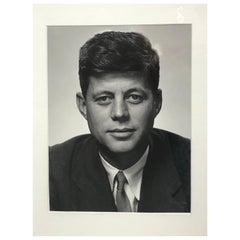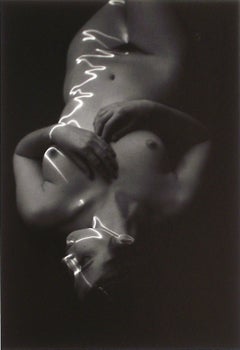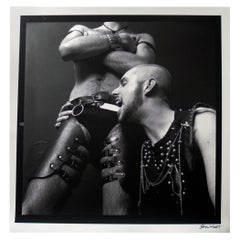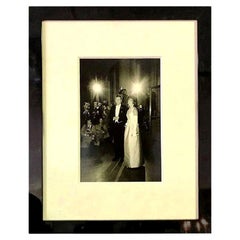
Steve Schapiro Signed Silver Gelatin Photograph of John F. & Jacqueline Kennedy
View Similar Items
Want more images or videos?
Request additional images or videos from the seller
1 of 10
Steve Schapiro Signed Silver Gelatin Photograph of John F. & Jacqueline Kennedy
Price:$2,600
$3,250List Price
About the Item
- Creator:Steve Schapiro (Photographer)
- Dimensions:Height: 23.5 in (59.69 cm)Width: 19.25 in (48.9 cm)Depth: 1 in (2.54 cm)
- Style:Mid-Century Modern (Of the Period)
- Materials and Techniques:
- Place of Origin:
- Period:
- Date of Manufacture:1963
- Condition:The print is in excellent condition. The frame may have light natural wear consistent with age and use (please see photos). Very captivating overall.
- Seller Location:Studio City, CA
- Reference Number:1stDibs: LU2254310622741
Steve Schapiro
A prolific photographer and photojournalist, Steve Schapiro has covered major historical events and captured seminal moments, from Martin Luther King, Jr.’s 1963 march in Selma and Robert F. Kennedy’s 1968 presidential campaign, to Andy Warhol and Edie Sedgwick in The Factory. “It was an incredible time to be a photojournalist, because there was more of an emotional flow—an ability to do more emotional pictures that captured the spirit of a person,” Schapiro has said of working during the ’60s and ’70s. He credits Henri Cartier-Bresson as a major influence on his work, as well as his former teacher W. Eugene Smith. Among the many politicians and celebrities he has photographed are Mia Farrow, Martin Scorcese, and Barbara Streisand.
About the Seller
5.0
Platinum Seller
Premium sellers with a 4.7+ rating and 24-hour response times
1stDibs seller since 2016
903 sales on 1stDibs
Authenticity Guarantee
In the unlikely event there’s an issue with an item’s authenticity, contact us within 1 year for a full refund. DetailsMoney-Back Guarantee
If your item is not as described, is damaged in transit, or does not arrive, contact us within 7 days for a full refund. Details24-Hour Cancellation
You have a 24-hour grace period in which to reconsider your purchase, with no questions asked.Vetted Professional Sellers
Our world-class sellers must adhere to strict standards for service and quality, maintaining the integrity of our listings.Price-Match Guarantee
If you find that a seller listed the same item for a lower price elsewhere, we’ll match it.Trusted Global Delivery
Our best-in-class carrier network provides specialized shipping options worldwide, including custom delivery.More From This Seller
View AllSteve Schapiro Signed Iconic Silver Gelatin Photo "Three Men, New York 1961"
By Steve Schapiro
Located in Studio City, CA
A historic and iconic, richly toned, silver gelatin print or image by prolific and renowned photographer Steve Schapiro. Perhaps his most famous image.
Signed, stamped and titled ("Three Men, New York 1961") by the artist on the verso. The print has been professionally matted and framed with museum glass.
Schapiro's photographs have appeared in such international magazines as Life, Look, Time, Newsweek, Rolling Stone, Vanity Fair, Sports Illustrated, People and Paris Match...
Category
20th Century American Mid-Century Modern Photography
Materials
Paper
John C Lewis Signed Limited Edition Silver Gelatin Photograph Print Mujer Divina
By John Lewis
Located in Studio City, CA
A gorgeous, dark, richly luminescent silver gelatin photographic print by American photographer John C. Lewis.
This limited edition piece is titled "Mujer Divina, Michoacán, Mexico" (sometimes alternatively known as "Divine Woman, Michoacán, Mexico"). The work is pencil signed and numbered (5/25) by Lewis.
A copy of this exact image can be found in the Getty Museum, Los Angeles.
Lewis' work can be found in various collections and museums including:
The J. Paul Getty Museum, Los Angeles
The Museum of Fine Arts, Houston
The Wittliff Collections in Austin, Texas
Ventura County...
Category
20th Century American Modern Photography
Materials
Paper
Graham Nash Signed Silver Gelatin Black & White Photograph "Why?", 2003
Located in Studio City, CA
An engaging photographic image by famed British musician and photographer Graham Nash (from the folk-rock supergroups Crosby, Stills & Nash and Crosby, Stills, Nash & Young). Nash's ...
Category
Early 2000s American Modern Photography
Materials
Wood, Paper
Jan Saudek Signed Limited Ed. Silver Gelatin Photograph "A Maidservant's Story"
By Jan Saudek
Located in Studio City, CA
A riveting, early, limited edition photographic print by internationally renowned Czechoslovakian art photographer Jan Saudek. This print is signed, dated (1977) and numbered (8 of 2...
Category
Vintage 1970s Czech Modern Photography
Materials
Paper
Rocky Schenck Signed Toned Silver Gelatin Photograph Print Nude with Crutches
By Rocky Schenck
Located in Studio City, CA
A wonderful and evocative work by Texas artist/ photographer Rocky Schenck.
Schenck's beautiful, dream-like, ethereal images can be found in private collections, museums, and gall...
Category
Vintage 1980s American Modern Photography
Materials
Paper
Michel Comte Silver Gelatin Photograph Print "Jeremy Irons with Monocle", 1990
By Michel Comte
Located in Studio City, CA
A darkly rich, yet playful portrait of Oscar Award-winning actor Jeremy Irons done in 1990 by famed Swiss fashion and fine art photographer Michel Comte.
...
Category
1990s Swiss Modern Photography
Materials
Paper
You May Also Like
Basquiat 6 Silver Gelatin Photographs by Ari Marcopoulos
Located in New York, NY
Jean Michel-Basquiat (1960-1988) suite of 6 silver gelatin photographs taken by Ari Marcopoulos.
Original suite contained 7 photographs, only 6 available.
2 - 11 x 14, 3 - 16 x 20 and 1 - 20 x 24
Basquiat was born in Brooklyn, N.Y., in 1960 and began as a graffiti artist in the late 1970s before evolving into a Neo-expressionist during the next decade.
During a varied career, the artist collaborated with Pop Art godfather Andy Warhol, played in a band with U.S. film actor and director Vincent Gallo...
Category
20th Century American Modern Photography
Materials
Paper
Price Upon Request
Philippe Halsman John F Kennedy Silver Gelatin
By Philippe Halsman
Located in Westport, CT
Philippe Halsman silver Gelatin John f Kennedy
Photograph circa 1952 printed 1978. Stamped and raised signature. Lower right. Behind UV glass and with metal frame .photograph size is 11 x...
Category
Mid-20th Century American Mid-Century Modern Photography
Materials
Metal
1978 "Laser Nude" Silver Gelatin Print by Erich Hartmann, Signed
By Erich Hartmann
Located in Brooklyn, NY
An original silver gelatin photograph by Erich Hartmann (American/German, 1922-1999) from his 'Writing With Light' series. It is presented in its original matte and frame, signed and...
Category
Vintage 1970s American Photography
Materials
Metal
John S Original Photograph of the Band Frankie Goes to Hollywoow
By John Stoddart
Located in North Miami, FL
Presenting an original black and white photograph captured in the 1980s by Liverpudlian photographer John Stoddart, featuring the iconic Liverpool band, Frankie Goes To Hollywood. This signed print, produced in 2008, is a testament to the band's era-defining presence in the music scene.
The photograph captures Holly and Paul, members of the band, adorned in leather S & M attire, confidently posing for the camera. This striking image, recently featured in the National Museums Liverpool Pride & Prejudice LGBT+ collection, offers a glimpse into the bold and unapologetic side of self-expression within the LGBTQ+ community.
This photograph, part of a limited edition of 10, is a large archival rag print, with the artist's signature adorning the bottom. John Stoddart, renowned for his portraits of famous personalities, skillfully captures the essence of this historic moment. Hailing from Liverpool and a former Grenadier Guard...
Category
21st Century and Contemporary English Mid-Century Modern Photography
Materials
Wood, Paper
$4,475 Sale Price
50% Off
Framed Photograph by John Patrick Dugdale
By John Dugdale
Located in Atlanta, GA
Artist: John Patrick Dugdale (New York, b. 1960)
Title: The Spirit Eye
Medium: Cyanotype
Year: 1998
Edition: number 3/12
Measurement: H 14", W 11"...
Category
1990s American Modern Photography
Materials
Wood, Paper
Original Black and White Photograph of Iggy Pop by Photographer John Stoddart
By John Stoddart
Located in North Miami, FL
Introducing an original black and white photograph featuring the iconic Iggy Pop, captured by celebrated photographer John Stoddart in 1999. This strikin...
Category
20th Century English Mid-Century Modern Photography
Materials
Wood, Paper
$4,475 Sale Price
50% Off
